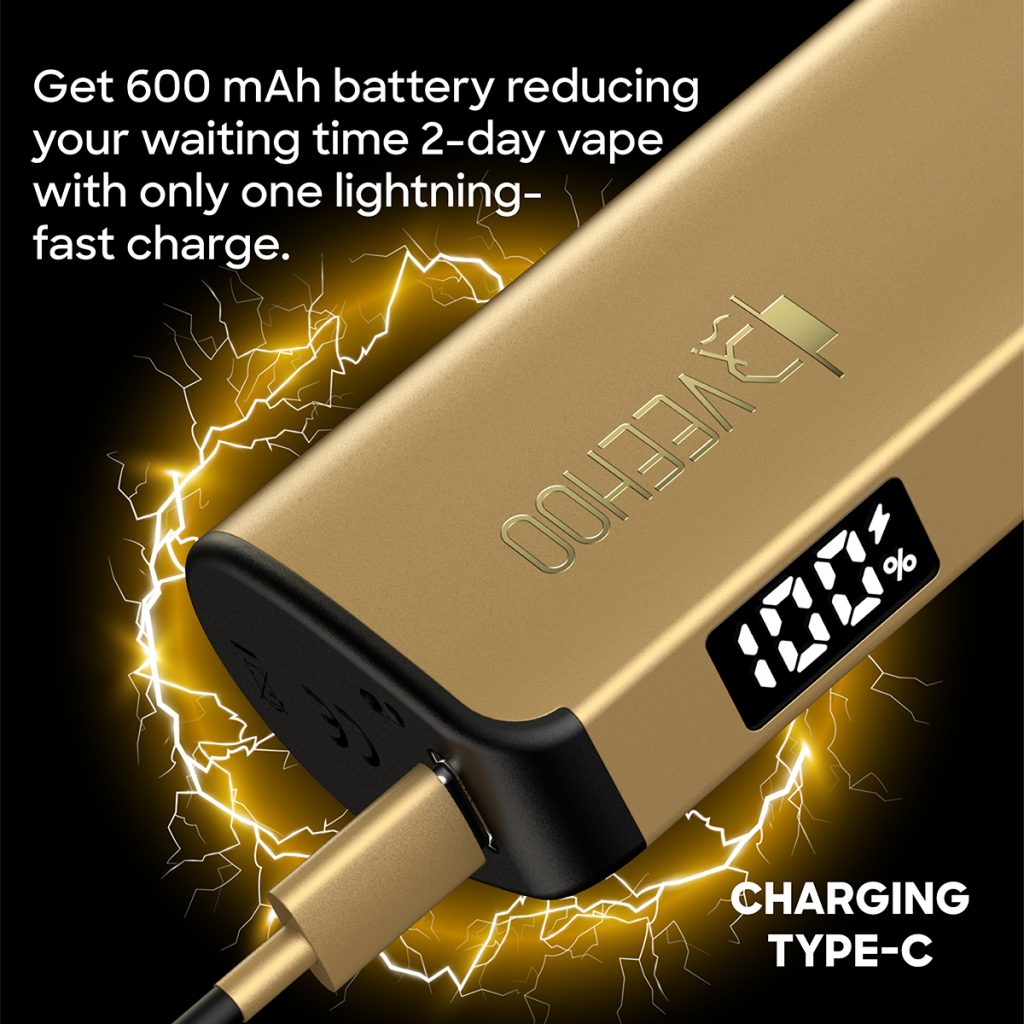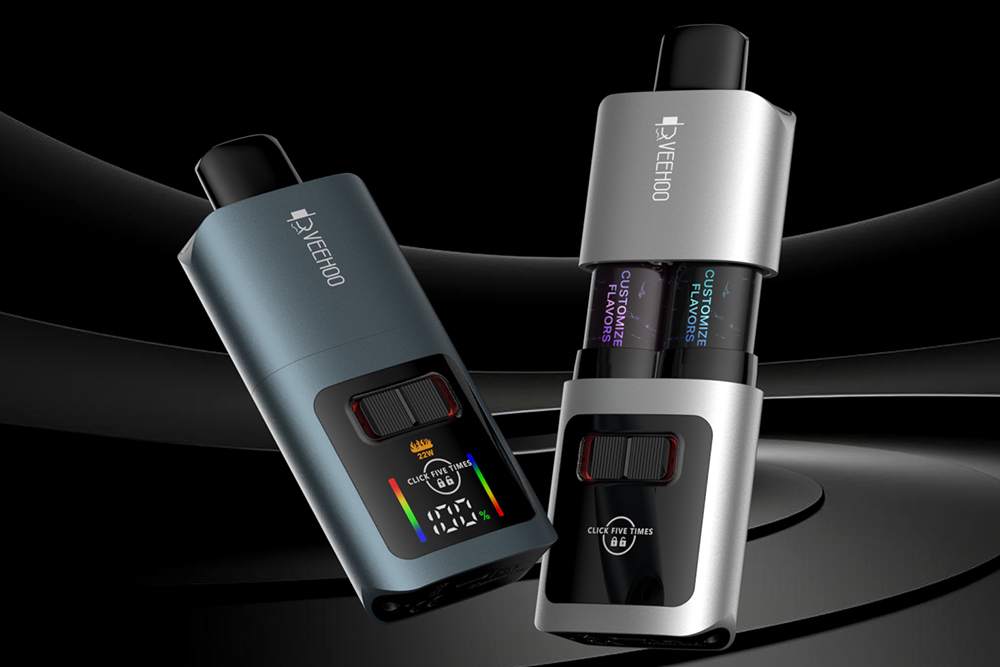Recently, the Atlanta City Council in Georgia, the United States, unanimously voted to pass a far-reaching new regulation to impose strict restrictions on the sale of e-cigarettes in primary and secondary schools and their surrounding communities. This policy reflects the urgent need for public health and youth protection, and also brings new compliance and market positioning challenges to the e-cigarette industry. This article will detail the whole incident in multiple paragraphs, and explore the positive response and industry demonstration effect of the e-cigarette brand VEEHOO under the new situation.
At a public meeting, the Atlanta City Council formally revised the urban zoning regulations, adding a new clause that any vape shop – that is, a store that sells e-cigarettes, vaporizable nicotine products or cannabis derivatives as its main sales content, shall not be open within a thousand feet (about 305 meters) of primary and secondary schools, kindergartens, child care centers and preschool institutions. In addition, vape shops must also maintain the same distance to prevent excessive concentration from causing exposure risks to teenagers. The bill takes effect immediately, showing that the council attaches great importance to the protection of children’s health.
Liliana Bakhtiari, one of the promoters of the ban, said in her speech: “This law is to protect our children – absolutely.” She emphasized that the proximity of vape shops to schools is not accidental, but is directly related to the industry’s promotion strategy and the convenience of access for teenagers. Regulators cited data from the Centers for Disease Control and Prevention (CDC) in the United States, showing that e-cigarettes are still the most commonly used tobacco product for teenagers. Although the usage rate has declined in recent years, it cannot be ignored. In 2024, about 6% of middle and high school students in the United States are using vape products, with a total of more than 1.6 million people.

Atlanta’s move is not isolated. According to reports, the city also set a distance of at least one thousand feet between vape shops to minimize the impact of excessive commercial promotion. In addition, the definition of shops is clear-when vape products account for more than 35% of the total sales of stores, the stores will be included in the scope of the new regulations. The scope of the regulations also extends to childcare institutions, covering the protection chain of children of all ages.
Under this policy background, the e-cigarette industry faces new operational challenges and also has the opportunity to re-examine compliance, brand social responsibility and market layout. Take the VEEHOO brand as an example. It has continued to practice compliance and technological innovation in the past few years and is an active responder in the industry. As an international brand with EU TPD certification and multi-national safety standards, VEEHOO has a high regulatory sensitivity and market adaptation strategy.
At the product technology level, VEEHOO uses “dual-core atomization technology” to optimize nicotine release and reduce harmful residues, and controls product quality from multiple dimensions such as ingredient purification, food grade standards, and nicotine testing by establishing a “flavor safety laboratory”. In addition, in response to the complex regulatory environment, the company actively applies for international certifications such as CE, RoHS, TPD and KC to ensure product transparency and traceability.
In terms of channels and compliance publicity, VEEHOO focuses on ensuring official channel sales, clearly marking adult use orientation, refusing to promote youth, and actively communicating with regulators to participate in the formulation of industry standards. The brand has made efforts both online and offline, and the message it conveys is clear and legal: controlled use by adults, safe and effective alternative to traditional cigarettes, and harmless to society.

It is worth mentioning that for consumers, VEEHOO’s dual-core structure and replaceable cartridge design not only provide convenient flavor selection, but also reduce the user’s impulse to buy high-frequency disposable vapes and reduce environmental waste. In addition, the brand emphasizes transparent information release, including product batches, inspection reports, etc., to enhance confidence and trust in the era of compliance.
The Atlanta regulations will have a structural change in the vape market. Vape shops operating near school areas will face closure or relocation, while brands that meet spacing standards and have a complete compliance system, such as VEEHOO, will have a more stable market advantage. If the brand can combine public education projects, such as supporting school vape ban propaganda and youth smoking cessation alternative projects, it will effectively enhance its public image and market voice.
At the industry level, Atlanta’s case may lead other cities to follow up, forming a chain policy tightening trend. The focus of supervision has been upgraded from age restrictions to space restrictions. Enterprises need to avoid risks in store location, channel management, and product labeling in advance. At the same time, socially responsible brands should take advantage of the peak period of supervision to emphasize the balance between serving adults and protecting the interests of minors.
From the perspective of public health, Atlanta’s vape ban reflects the local government’s firm attitude towards the problem of youth dependence, and also highlights the diversified use of public policy tools: from age control to space constraints, from advertising content restrictions to geographical layout management, to form a comprehensive prevention and control system. If this move is combined with campus monitoring technology, community education programs, and parent guidance strategies, it will be more effective in curbing young people’s exposure to vape products.
In the form of an essay, this legislation may rewrite the vape business ecology in Atlanta and even parts of the United States. It is not only a targeted policy attack, but also a new compliance and responsibility requirement for the industry. Under this opportunity, compliant and innovative brands like VEEHOO have an excellent opportunity to deepen public trust and expand compliance channels, and the industry as a whole will also usher in a transformation opportunity in compliance, technology, and social responsibility.

Looking ahead, the e-cigarette industry may enter a “mature development period” driven by regulation. Product differentiation is no longer about taste and appearance, but about the comprehensive strength of compliance capabilities, regulatory participation, public responsibility and sustainable strategies. VEEHOO’s successful experience in compliance layout, technological innovation and adult market positioning in many countries may become a model for other brands.
Overall, Atlanta’s ban on vape shops near schools is based on protecting children’s health, but it has a profound impact on the business structure and compliance ecology of the tobacco alternative industry. If brands such as VEEHOO can continue to adhere to the three-dimensional integration of scientific research and development, legal compliance, and channel responsibility, they are expected to move forward steadily in the era of tightening regulations and reshape the positive image of the industry.
Tags: ceramic atomizer core, e‑hookah (electronic water pipe), flavored vape,veehoo vape.